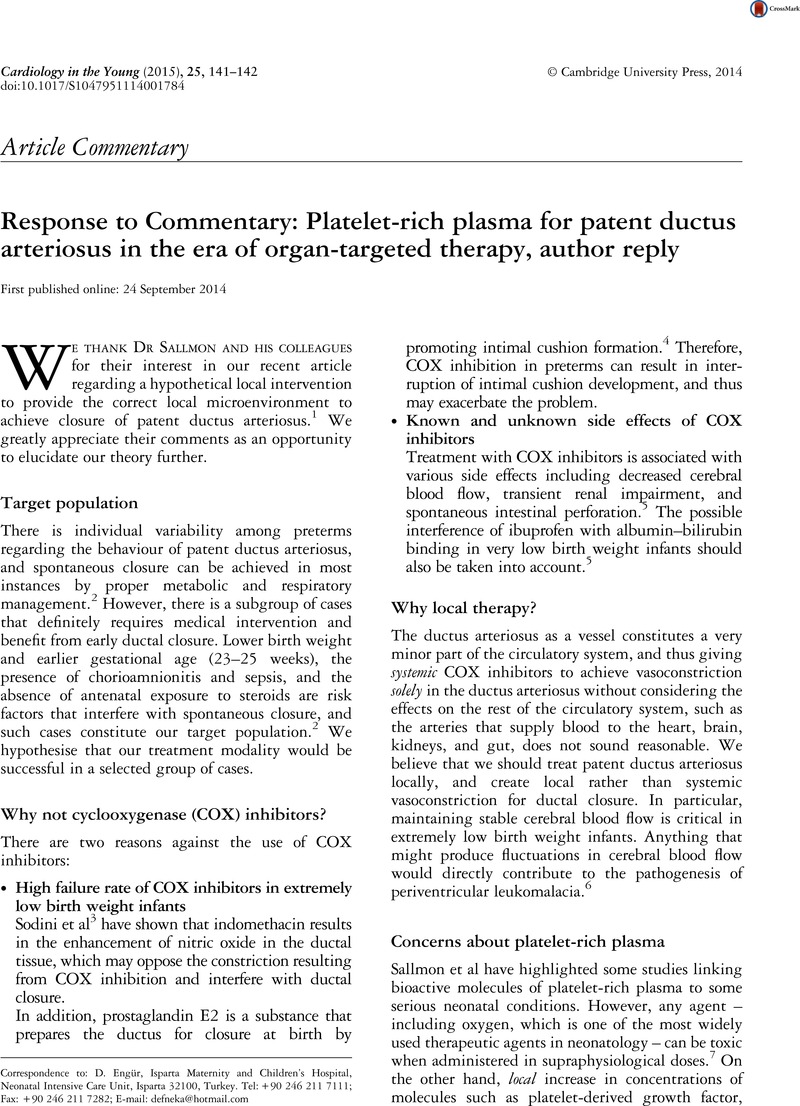Crossref Citations
This article has been cited by the following publications. This list is generated based on data provided by Crossref.
Engur, Defne
2018.
Regarding platelets and ductus: Is it platelet function rather than number that matters for ductal closure?.
Pediatrics & Neonatology,
Vol. 59,
Issue. 6,
p.
640.
Sallmon, Hannes
Timme, Natalie
Atasay, Begüm
Erdeve, Ömer
Hansmann, Georg
Singh, Yogen
Weber, Sven C.
and
Shelton, Elaine L.
2021.
Current Controversy on Platelets and Patent Ductus Arteriosus Closure in Preterm Infants.
Frontiers in Pediatrics,
Vol. 9,
Issue. ,
Sallmon, Hannes
and
Delaney, Cassidy A.
2023.
Platelets and ductus arteriosus closure in neonates.
Seminars in Perinatology,
Vol. 47,
Issue. 2,
p.
151719.



